Facade & ESG
In 2023, the International Sustainability Standards Board (ISSB) inaugurated the first two global sustainability disclosure standards IFRS S1/S2 to…
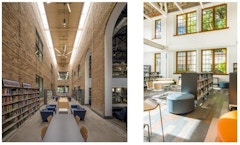
Daylighting & Solar Glare control, which affect both the energy consumption of the building as well as the comfort of the occupants, become
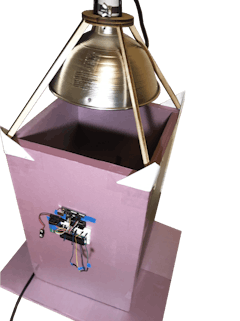
The global increase in atmospheric temperature rise combined with the rapid growth of previously underdeveloped climate zones presents a growing need
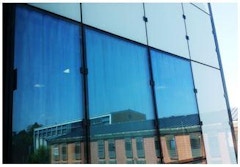
Anisotropy is also known as Brewster marks, quench marks, strain pattern, leopard spots, Iridescence, etc. Although anisotropy is inevitable when


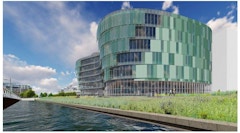
Facades must be responsive to a myriad of qualities and influences ranging from urban impact and aesthetic character to numerous performance


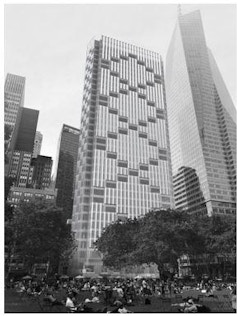
Curtain wall is the prevailing type of enclosure on modern buildings because of its economy, its independence from structure that allows flexibility

